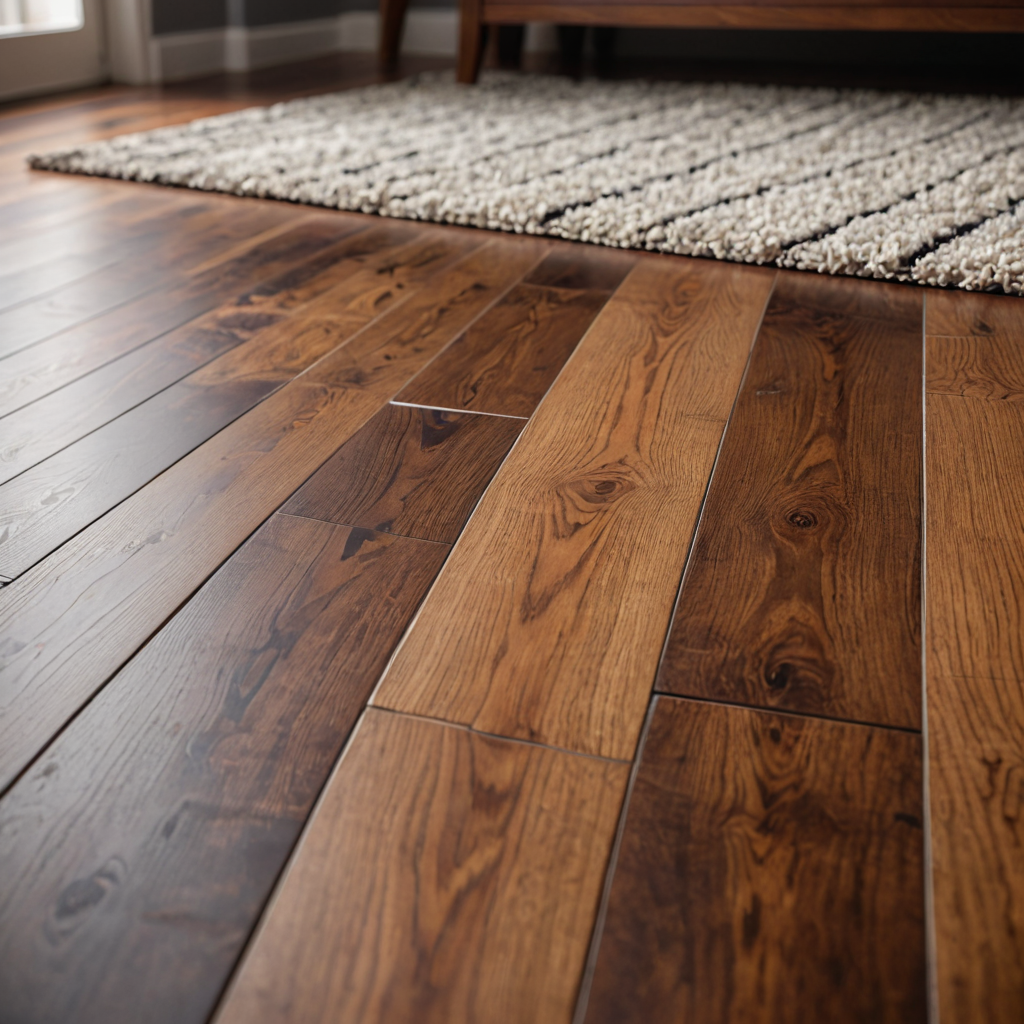
When it comes to selecting the right flooring for your home or commercial space, the choice between carpet and wood flooring is a common dilemma that many property owners face. Both options offer unique benefits and considerations in terms of aesthetics, durability, maintenance, and cost, making it essential to weigh the pros and cons of each to determine which flooring type best suits your needs and preferences. In this article, we will compare carpet and wood flooring across various factors to help you make an informed decision when selecting the ideal flooring for your space.
1. Aesthetics: Carpet: Carpet flooring provides a soft, cozy, and inviting look and feel to a room, offering warmth, comfort, and sound insulation. With a wide range of colors, patterns, and textures available, carpet allows for versatile design options to complement various interior styles and preferences. Wood Flooring: Wood flooring exudes a timeless, elegant, and natural aesthetic that adds warmth, sophistication, and character to a space. From classic hardwoods like oak and maple to exotic species such as bamboo and teak, wood flooring offers a rich variety of tones, grains, and finishes to enhance the visual appeal of any room.
2. Durability and Maintenance: Carpet: Carpet is susceptible to stains, wear, and tear over time, requiring regular vacuuming, spot cleaning, and professional steam cleaning to maintain its appearance and longevity. High-traffic areas and pet-friendly spaces may show signs of matting, fading, and allergen buildup more quickly with carpet flooring. Wood Flooring: Wood flooring is known for its durability, longevity, and resistance to stains, scratches, and moisture when properly maintained. Regular sweeping, mopping, and occasional refinishing can help preserve the beauty and integrity of wood floors, making them a long-lasting and low-maintenance flooring option.
3. Allergen Control and Indoor Air Quality: Carpet: Carpet fibers can trap dust, pet dander, allergens, and pollutants, potentially affecting indoor air quality and exacerbating allergies and respiratory issues for sensitive individuals. Regular cleaning and maintenance are essential to minimize allergen buildup and maintain a healthy indoor environment with carpet flooring. Wood Flooring: Wood flooring is hypoallergenic, easy to clean, and less likely to harbor allergens, mold, or bacteria compared to carpet. With proper ventilation and cleaning practices, wood floors contribute to better indoor air quality and a healthier living environment for occupants, particularly those with allergies or respiratory sensitivities.
4. Cost and Value: Carpet: Carpet installation costs are generally lower than wood flooring, making it a budget-friendly option for homeowners seeking affordable flooring solutions. However, the lifespan and resale value of carpet may be lower compared to wood flooring, requiring more frequent replacement and potentially impacting the overall value of the property. Wood Flooring: Wood flooring is an investment in quality, beauty, and long-term value, with higher upfront costs but greater durability and longevity compared to carpet. While wood flooring may require occasional refinishing and maintenance, its timeless appeal and resale value can enhance the aesthetic and financial value of a property over time.
In conclusion, the choice between carpet and wood flooring ultimately depends on your personal preferences, lifestyle needs, budget considerations, and design goals for your space. While carpet offers softness, warmth, and affordability, wood flooring provides durability, elegance, and timeless appeal. By considering factors such as aesthetics, durability, maintenance, allergen control, indoor air quality, cost, and value, you can make an informed decision when selecting the ideal flooring type that best suits your style, functionality, and long-term satisfaction in creating a beautiful and comfortable living environment.
Cedar Hill St. Louis Jefferson County Olivette Kirkwood Ballwin Arnold Franklin County St Charles County Fenton High Ridge Dittmer Creve Coeur
